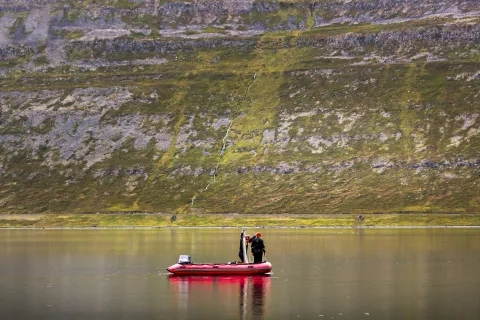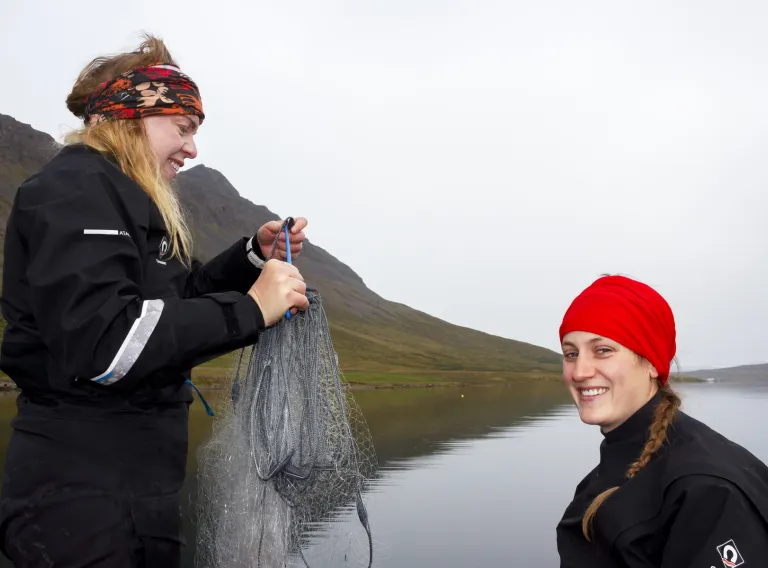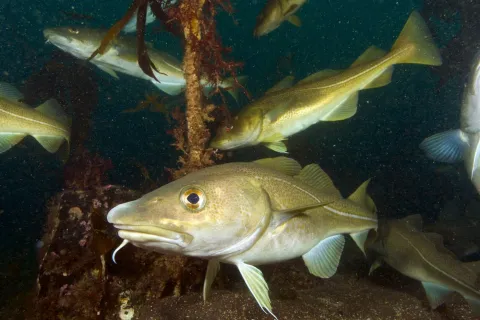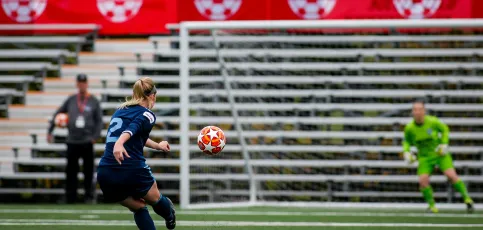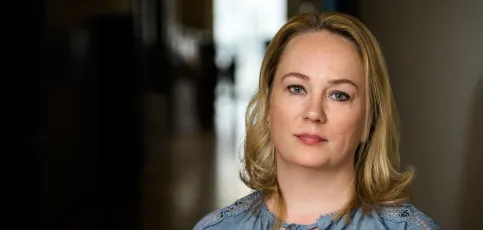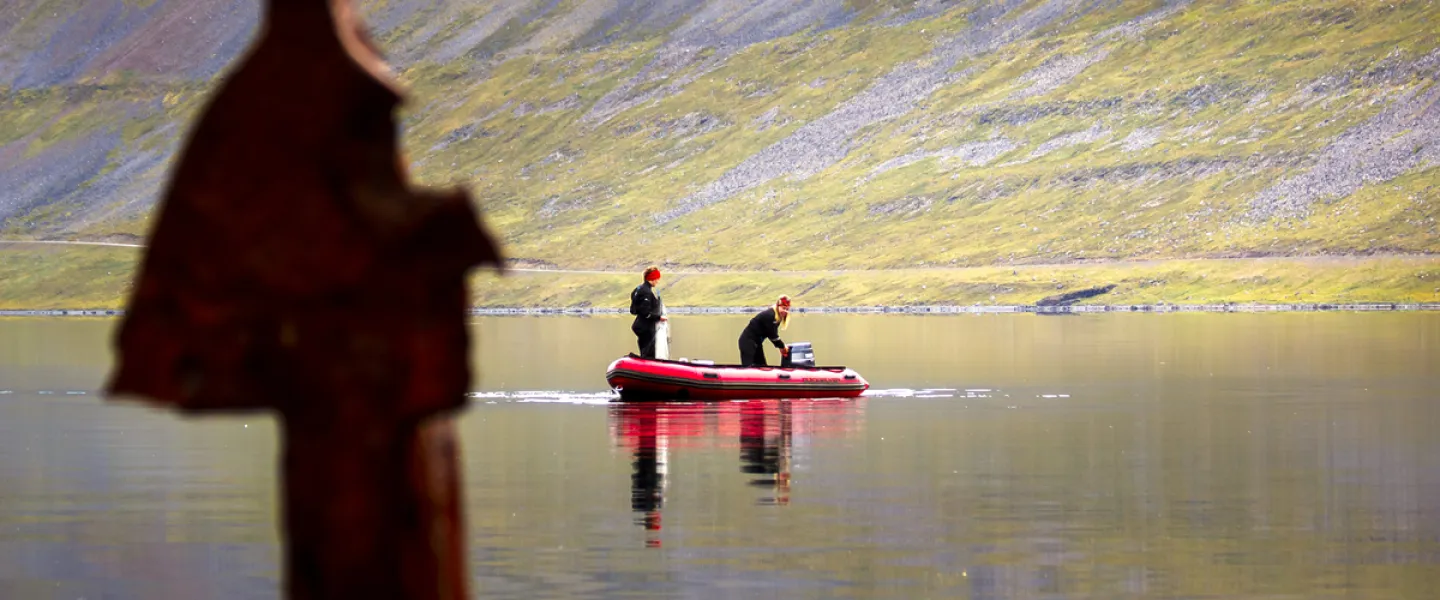
Cod has long been the most important white fish for the Icelandic economy. On a clear autumn day in the Westfjords, you might spot a little boat out beyond Dvergasteinn in the Álftafjörður fjord. There is not a breath of wind and aboard the boat are two women pulling in a net. They are not fishing for mature cod, though, but rather the juvenile fish, which they want to keep alive and tag in order to learn about those stages of the cod's life that have long been a mystery to humans.
"We tag the juvenile cod with audio transmitters in order to map their behaviour in natural conditions," explains one of the women, Guðbjörg Ásta Ólafsdóttir, glancing up briefly as she switches on the outboard motor with a quick tug. She knows what she is talking about, since she is a research specialist and director of the University of Iceland Research Centre of the Westfjords, where she has developed interdisciplinary studies into coastal resources and their use.
